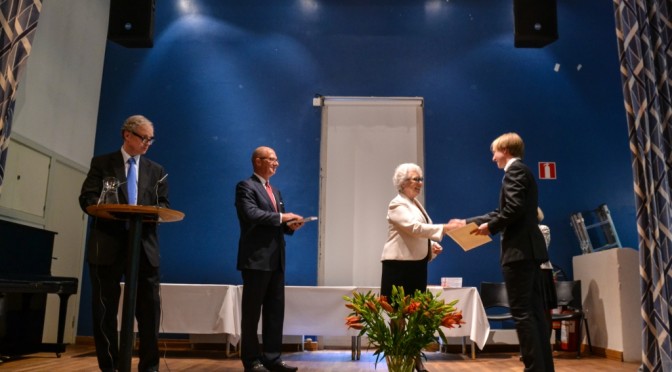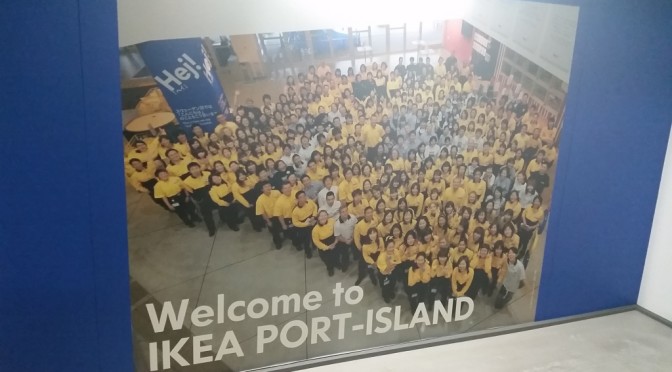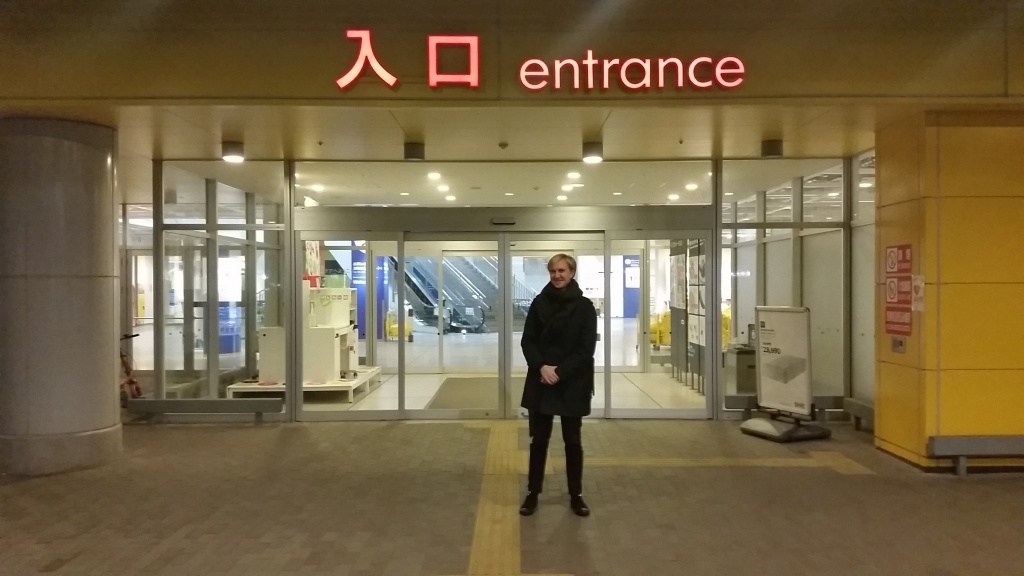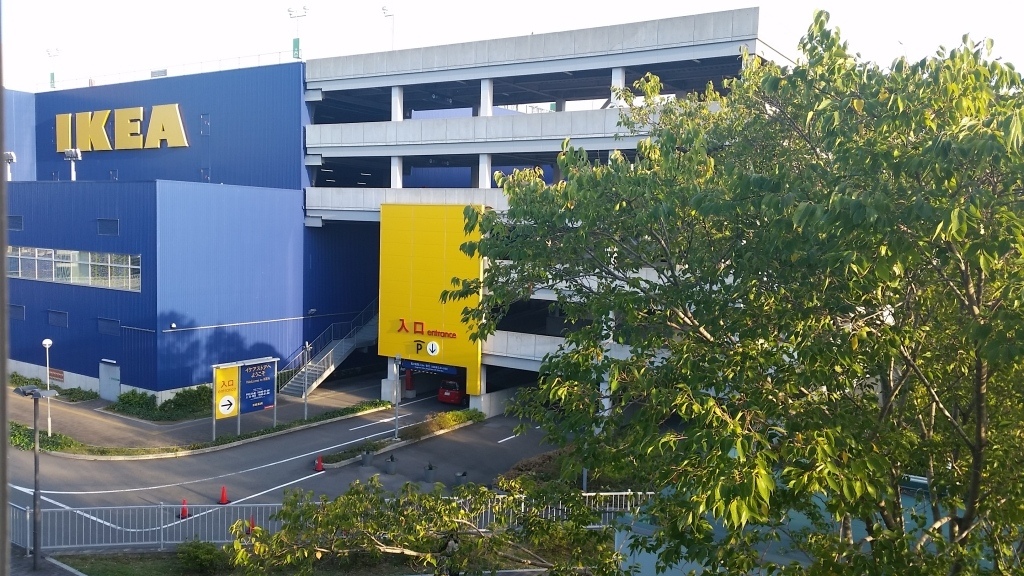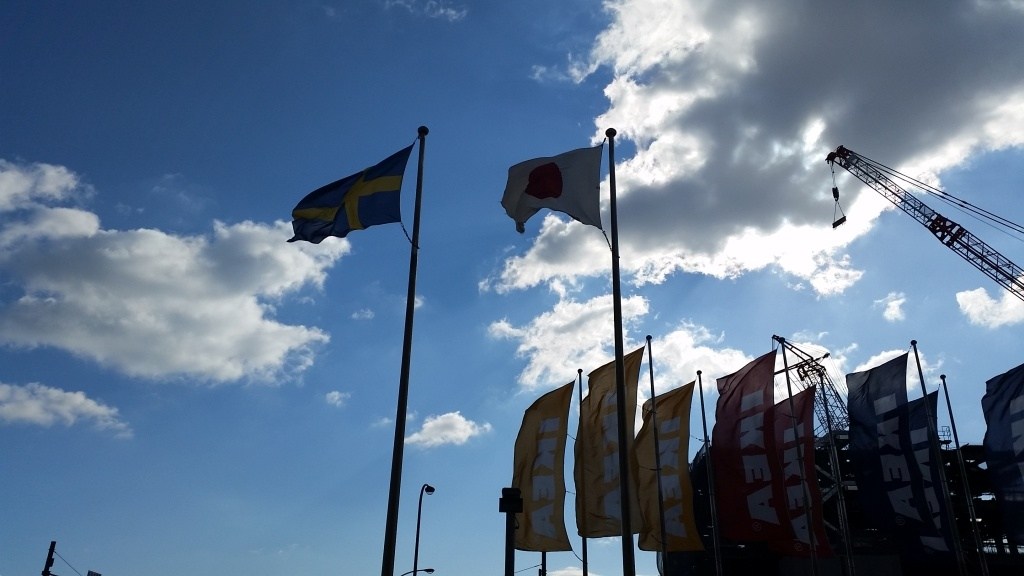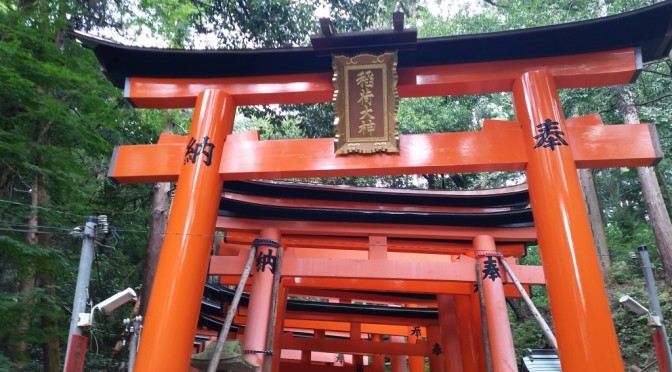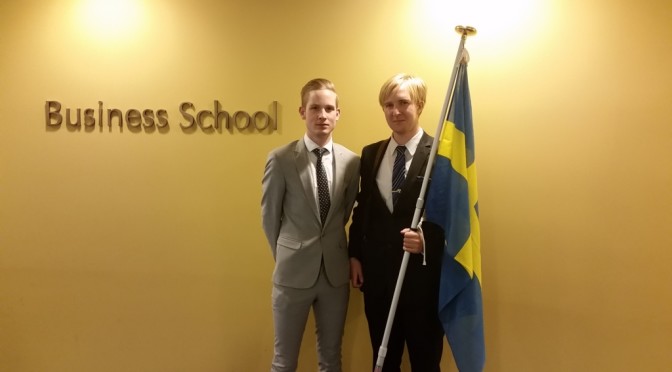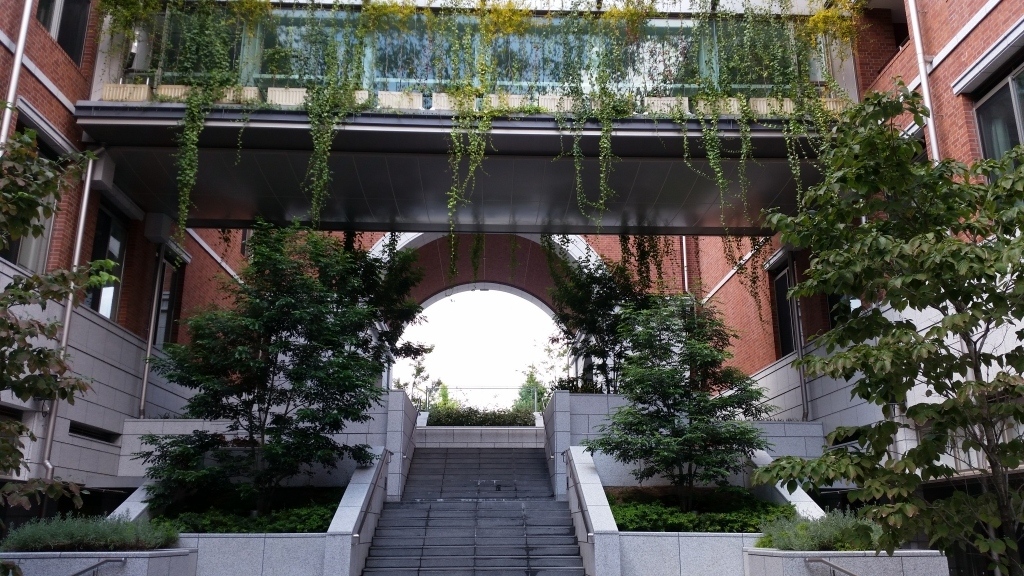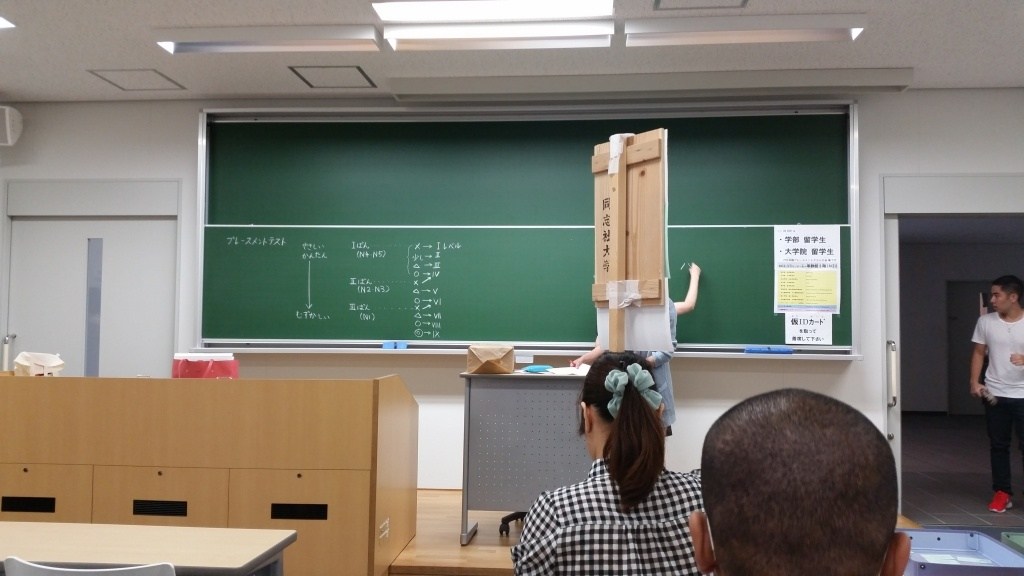A couple of friends and I have been doing some hikes these last couple of weeks and I want to share some experiences on that. We’ve been on two short hikes enjoying the autumn leaves of northern and western Kyoto.
Kurama hike
November 15th me and some friend went on a small hike to the Kurama temple. We took the eizan railway (叡山電鉄) for a 30 minutes ride, from demachiyanagi station all the way up to Kurama, which is a rural town in the northern mountains of Kyoto. There we took the cable car up to the summit where we found the magnificent Kurama temple (鞍馬寺). I later found out that Kurama also is known for its hot spring. The mountain was covered with beautiful autumn leaves (紅葉). We brought bentos with us and had it at the Kurama temple. I even had a caricature made of me by the talented, Naosuke-san. She runs a business called Atelier LH&(she is lefthanded). (Atelier LH&)
Nishiyama hike
November 27th we went to Nishiyama which is located behind Arashiyama. We took the bus nr 62 that went all the way up to the beginning of the trail (Kiyotaki bus stop). The hike began by descending to a nearby bridge where we went down a few stairs and hiked along the river. This place had very few travelers and I will highly recommend it. Look up “Kyoto trail Nishiyama” for a detailed explanation of the course.


















